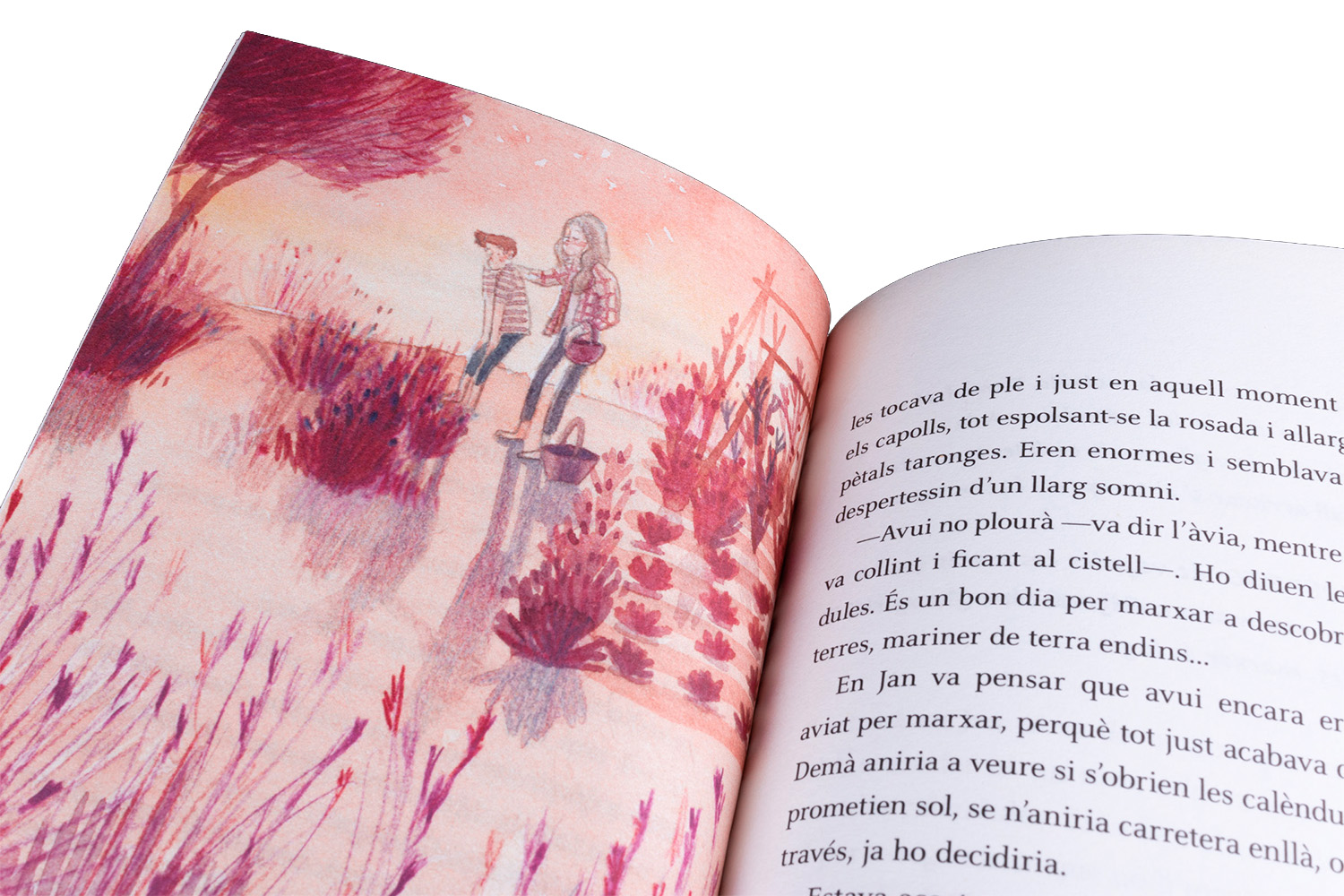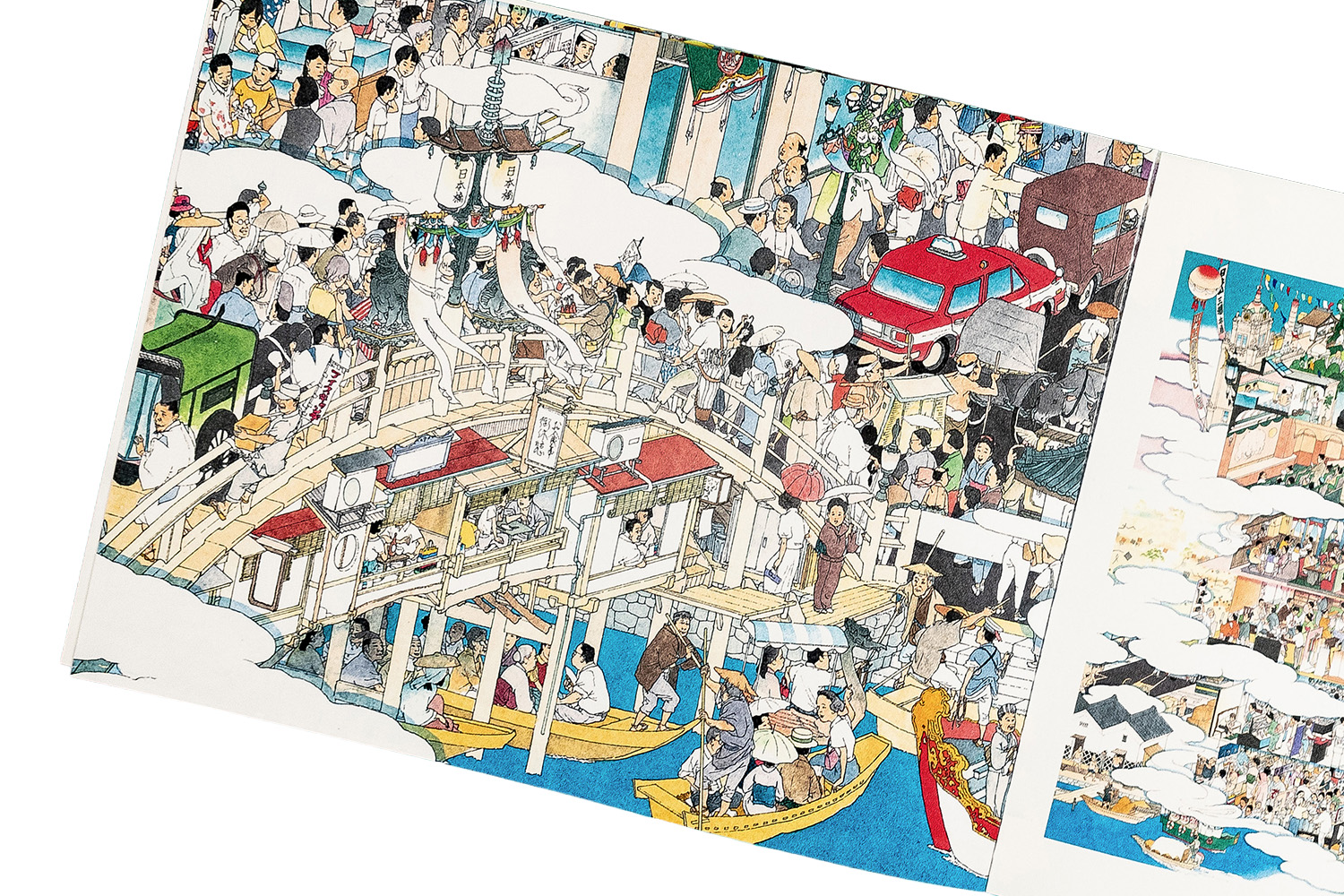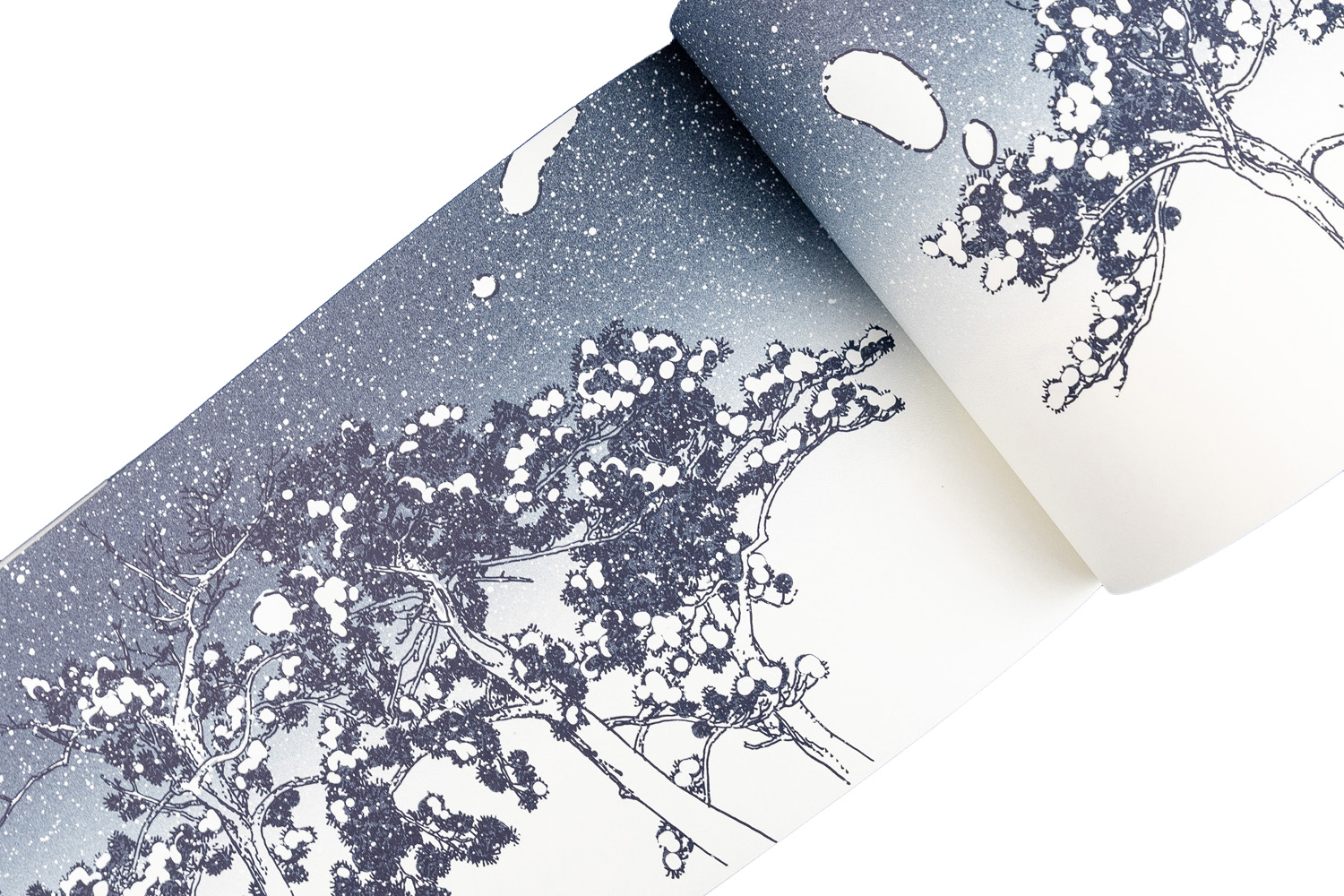25 Nov The art of printing visual stories: The rise of comics and illustrated book

Mariner de terra endins. Akiara Books
We are experiencing a golden age in publishing: comics, children’s books, and illustrated albums are thriving in the world of graphic arts. This is a strong trend, driven by readers of all ages seeking books that combine text, image, and sensitivity. These projects are not mere entertainment products; they are visual works that demand care, precision, and quality from the initial drawing to the printed product.
On one hand, authors, illustrators, and publishers are innovating with diverse styles: graphic novels, watercolor albums, textured children’s comics, and author projects with their own visual identity. The growing demand, from both families and adult audiences, requires a printing industry capable of faithfully reproducing these illustrations. Capturing a soft watercolor, a richly nuanced digital line, or a vibrant color is a challenge for print workshops, which have quickly adapted.

Chroniques d’un Japon merveilleux, Akira Yamaguchi. Éditions de la Cerise
Printing houses have evolved by adopting technologies that provide excellent quality: both offset printing, ideal for long runs with vivid colors and sharp details, and increasingly sophisticated digital printing, offering flexibility and efficiency suitable for shorter runs.
This evolution is not just a matter of machines, but also of refining the eye. Illustrated projects require special care to respect the creators’ intentions. Printing must accompany the work, not merely reproduce it. This translates into careful color management and the selection of papers that harmonize with the style and character of the work.
In this context, binding and finishing also gain prominence. Hardcovers, durable stitching, varnishes, or embossing not only add aesthetic value—both visual and tactile—but also ensure durability, especially in editions for collectors or children.
These types of projects place printing houses at the intersection of technical precision and artistic sensitivity: it is not just about printing, but about bringing life and depth to each page, capturing the author’s or editor’s sensibility and conveying the meaning of the work. Faithful reproduction of lines, textures, and colors blurs the boundary between original art and printed work, turning each book into a valuable cultural object.
Finally, these illustrated projects become a showcase for the graphic sector: a space where image and narrative turn the book into an experience. When illustration speaks for itself, paper and printing technique are not merely a medium, but an integral part of the message. And it is here, at the intersection of creativity and craft, that the future of the graphic arts unfolds.


